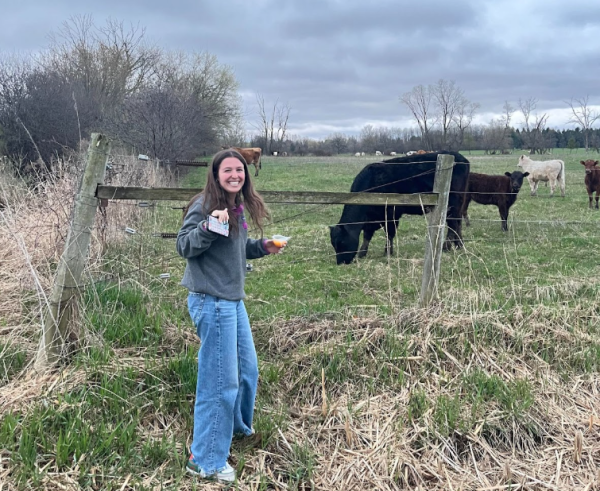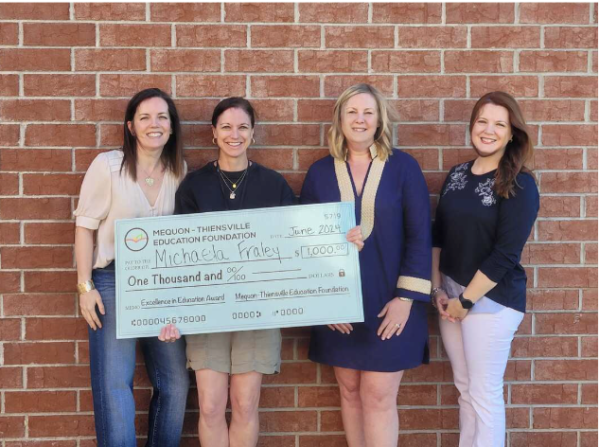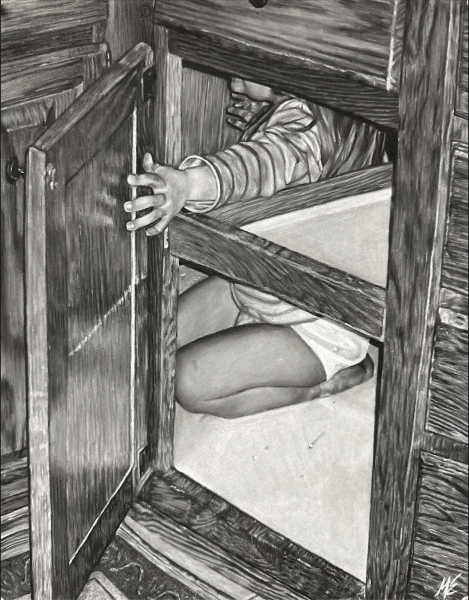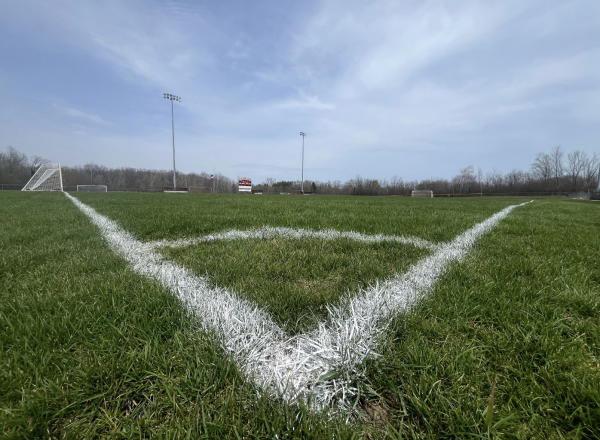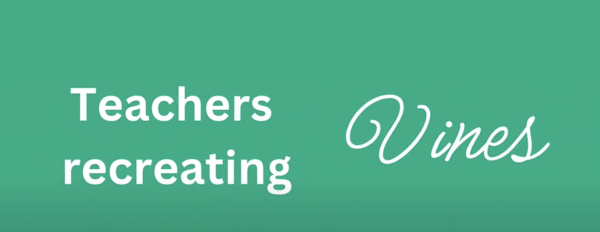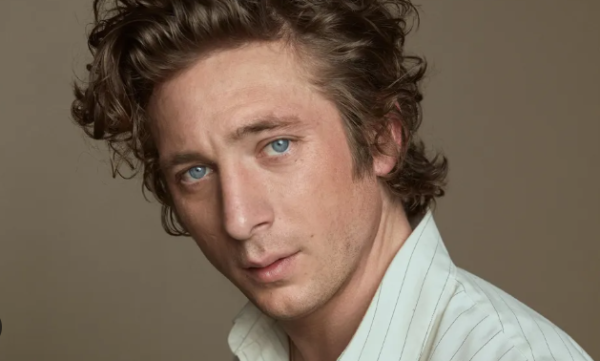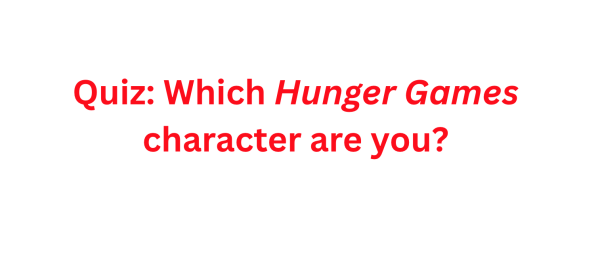Frozen Heart: Saying goodbye to an unexpected love
Many emotions were felt during the last four years: both good and bad and I wouldn’t give them up for the world.
“Dangle, snipe, and celly” is not a phrase to be tossed around lightly; it’s a lifestyle. The NHL video game is pronounced “Chel.” “Dirty” is an adjective referring to a compliment of praise rather than a derogatory description.
“Chirping” is not just the sound that a bird makes. If someone is unable to recite the entire legendary speech in Miracle, they might as well not step into the Ozaukee Ice Center. The key to making it big in high school hockey is to have the ultimate post-goal celly.
All of these things I had to learn to be a hockey manager, and I had to learn fast. The journey began freshman year. That first day that I stepped into the rink during tryouts – I was hooked. I instantly fell in love with hockey.
Their carefully calculated movements practiced on drills had me in a stupor. The most accurate analogy would be to say that they were like ballet dancers, sliding their skates against the stage floor. I had never seen anything like it.
All of freshman year was spent in the shadow of Mollie Cook and Rachel Morris, graduates of the Class of ’13 and former managers, learning how to take statistics (Goals, Assists, +’s, -’s, Penalties, Penalty Minutes, Shots, Saves- and later learned to tweet these stats by the second on Homestead Hockey’s Twitter account with painful accuracy), learning how to decipher the stats well enough to upload into Wisconsin Prep Hockey, and how to take mediocre videos of the games so that the team could replay and assess them during lunches in Coach Anthony Navarre’s room.
This first year was when I learned that there might be more to hockey than mouthguards and skate sharpenings (although if asked what a mouthguard was freshman year, I would have needed to google it before attempting to locate one in the rink). This was the year that I first watched Goon, an eye-opening experience into the psyche of the typical hockey player.
Taking a year off for academic reasons sophomore year, I jumped right into junior year ready to take stats and film to my heart’s content. With an enormous team working to learn and fill the large shoes of Cook and Morris, we slowly learned to figure out how to work as a team to accomplish the ultimate goal: keep the coaches and players happy.
The senior season started early for me – by the end of junior year I had six spreadsheets, three google drive calendars, and five color-coded to-do lists to be fully prepared to take on the next season with all of its challenges. I had the manager’s bag stocked with tape, medical supplies, Febreeze, and a designated spot for mandarin oranges. I was fully prepared… Physically.
What I was not ready for was the memories that I would make during the last season and how emotionally detrimental saying goodbye to this sport I was thrown into would be.
The good times: singing wildly through the halls of the Ozaukee Ice Center to “Party in the USA” by Miley Cyrus; the overnight trips to faraway run-down rinks and high class hotel pools with the hooligans; the USM playoff game freshman year that packed both student sections; chasing Adeline Navarre through the halls of the rink and playing hide-and-go-seek in the same three hiding places for three hours; the harlem shake video during the Arrowhead game; and yelping into the ears of various hockey moms and fellow managers Sammii Neman, senior, Maggie Weineck, sophomore, and Ali Styles, junior, when Cole DeStefanis scored the overtime winning goal against Fond du Lac during playoffs and the bus ride home.
The bad times: having to say goodbye.


